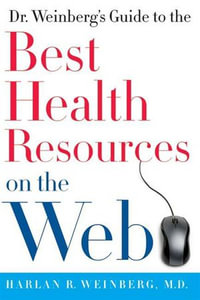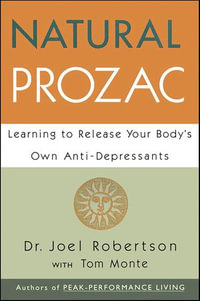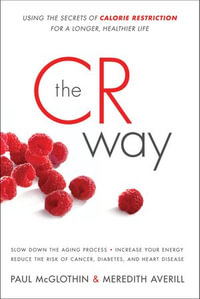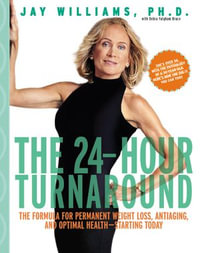Understanding the evidence-based Role played by Polyamines in Vascular Pathophysiology in animal models of (re)stenosis at molecular level.
Polyamines are organic polycations expressed by all living organisms, which are known to play an essential role in cell proliferation and differentiation.
Recent studies revealed their involvement also in cell contractility and migration and in programmed cell death.
• These processes are known to contribute to restenosis, a pathophysiological process occurring in 10-20% of patients submitted to revascularization procedures.
The advent of bare metal stents and of drug-eluting stents has significantly reduced but not eliminated the incidence of restenosis, which thus remains a clinically relevant problem.
Despite the potential role of the polyamine pathway as a therapeutic target due to its involvement in proliferation, apoptosis and migration of vascular cells, experimental inhibition of polyamine synthesis and/or uptake has been poorly investigated in animal models of vascular disease.
Here an attempt has been made to review the current knowledge about molecular mechanisms related to polyamine functions, with particular reference to the role played by polyamines in vascular cell pathophysiology, together with experimental evidence obtained so far in animal models of (re)stenosis.
Also attempted to evaluate the advantages of different routes of administration of polyamine synthesis/transport inhibitors and polyamine analogue molecules.
Increasing knowledge about the molecular mechanisms and functions of polyamines is expected to shed new light on their potential role as a therapeutic target for restenosis reduction.
...Dr. H. K. Saboowala.
M.B.(Bom) .M.R.S.H.(London)

























